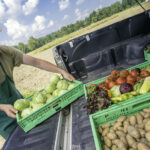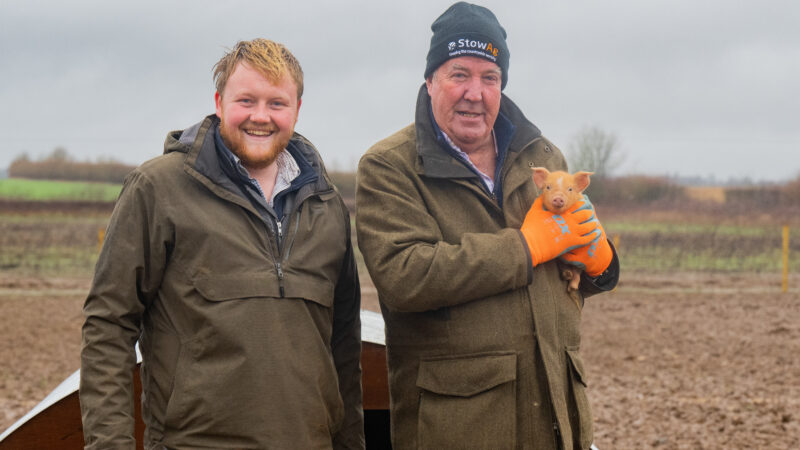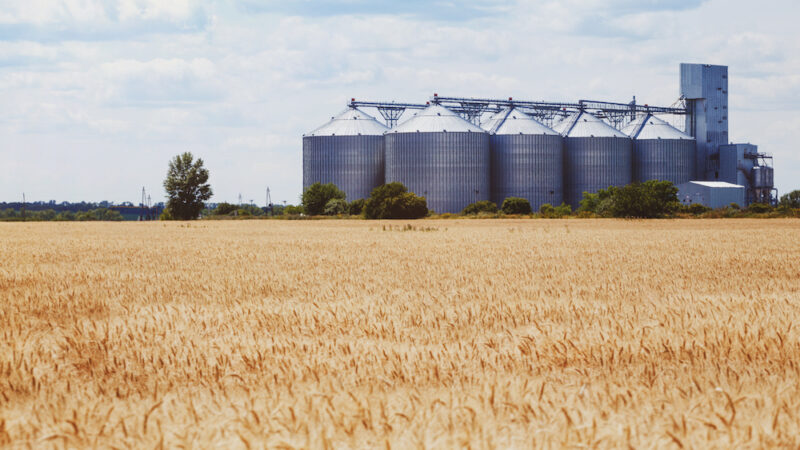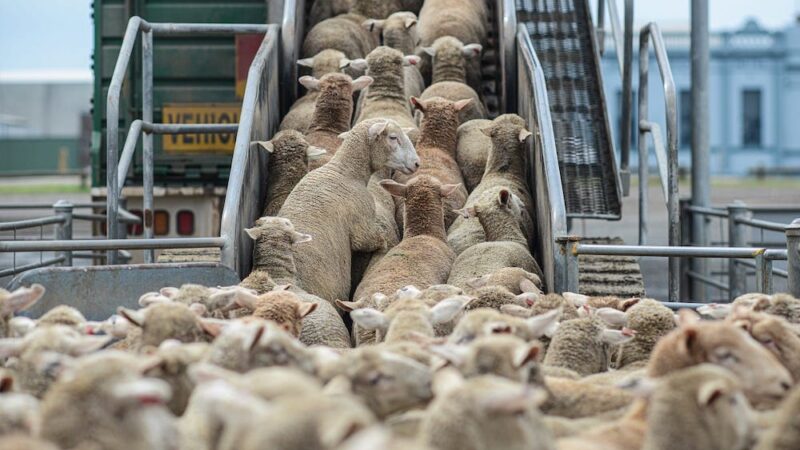NSW is tipped to make the biggest contribution of any state to growth in the…
Road network suffers $2.5 billion in damage
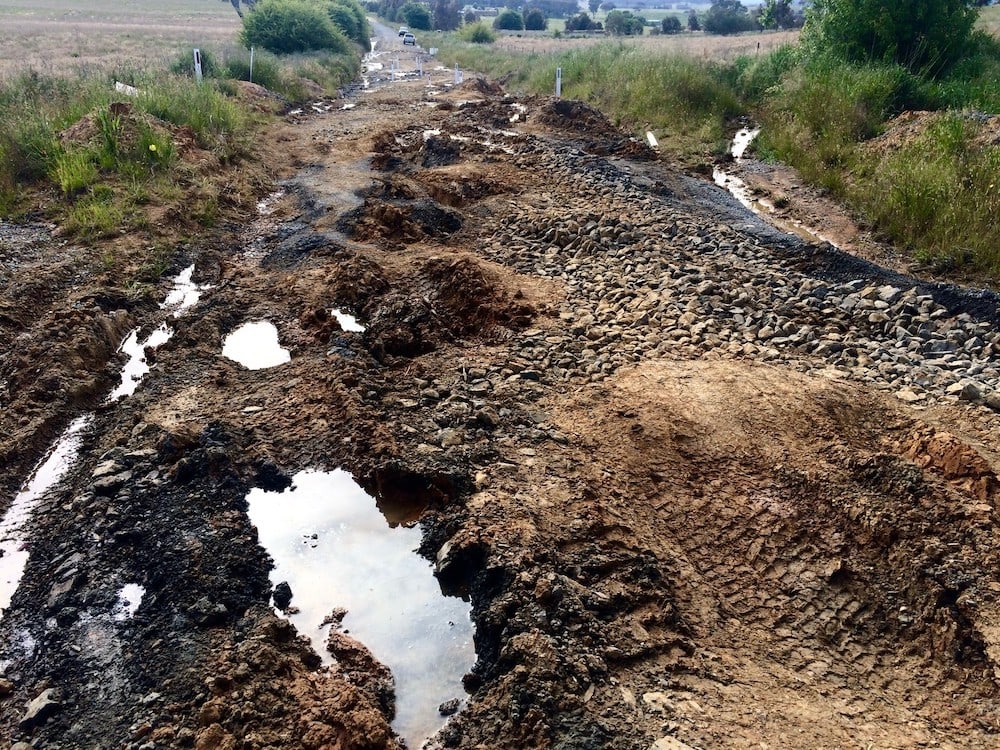
�It was an absolute nightmare,� said NSW Farmers Member Tim Needham. �The only two roads that lead into our farm were impassable for at least six weeks.�
Tim runs a small sheep farm in the Yass Valley and works in the construction industry.
�I had to take four days off work because we could not get out. It was just too dangerous,� he said. �And there was no way of getting a vet out here if we had a problem with the sheep.
�Luckily, I have a Hilux with a lift kit and mud tyres to get out. We still got stuck a few times though, and had to get pulled out with the neighbours.�
Tim decided to leave the Hilux on the �good� side of Old Gap Road and walk a few hundred metres back across a destroyed section road to meet his wife in another vehicle.
�We did that for a few weeks,� he said. �I have to leave for work at 5am, so my wife had to get up with me to take me.�
Yass Valley Council repaired one of Tim�s access roads in early December, allowing his family and their neighbours safer access to town to get Christmas supplies.
Tim�s situation was replicated all over NSW in 2022 as the local and regional roadwork collapsed under the weight of successive flooding and torrential rain.
The NSW Government allocated $15 million in emergency funding to eight councils in central and western NSW for urgent road repairs. It included deploying 200 people and heavy machinery from across the state to the Central West and Murrumbidgee to assist with the mammoth task of reconnecting the road network.
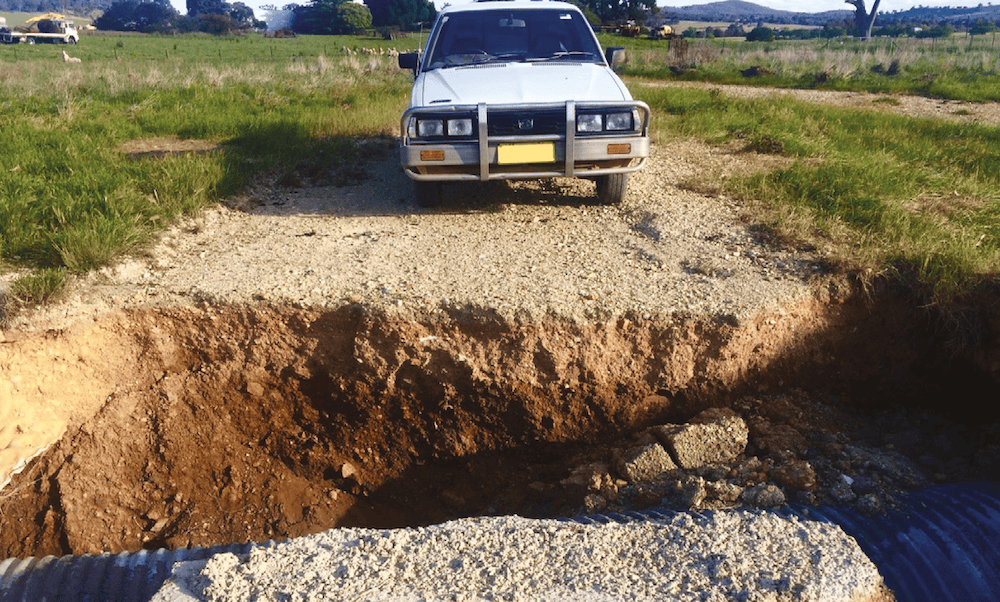
NSW Farmers Business, Economics and Trade Committee deputy chair Andrew Martel said the extra help to get road repairs underway was welcomed, and the total damage bill could be enormous.
�It�s great to see these extra workers will be deployed to the worst-affected areas, but there is simply so much damage out there that we could be looking at roadworks for many months to come,� Andrew said.
�Rural people are dismayed at how quickly the road network crumbled, and it�s pretty clear that we need to rebuild better so that we can avoid these sorts of headaches in the future.�
NSW Farmers Business, Economics and Trade Committee deputy chair Andrew Martel.
�We need to get rural communities and businesses up and running again, so we can do our part in the food and fibre supply chain.�
Emergency funding for urgent road repairs was fast-tracked by the NSW Government, and Andrew thanked both the state and federal governments for their response.
�To their credit, the authorities are listening to communities and providing support,� Andrew said. �The problem is that there�s just so much work to be done.
�Even if we had a limitless stream of money to fix these roads up, it�s unclear who would actually do the work,” he said.
�We need resilient communities and resilient roads, but to get there we may well need military engineering support to help get back on track.�
NSW Farmers Business, Economics and Trade Committee deputy chair Andrew Martel.
Local Government NSW declares a state-wide roads emergency
Local Government NSW (LGNSW) took the step of declaring a state-wide roads emergency to attract more state and federal government funding.
LGNSW estimates the damage bill will be $2.5 billion, with more than 10,000 kilometres of roads to repair.
LGNSW President Cr Darriea Turley AM warned that without additional funding, the economic and social harm caused by this emergency would be long term.
�More than 220 natural disaster areas were declared across NSW last year, leaving the road network in a state of disrepair,� Cr Turley said.
�Road repair funding pledged to date has fallen well short of what is required so we declared a State-wide Roads Emergency to get help before the situation becomes even worse.

As part of the State-wide Roads Emergency, LGNSW called for an acceleration and significant increase in funding for the $1.1 billion Fixing Local Roads and Fixing Country Bridges state-wide roads emergency program, and new funding to provide councils with plant machinery and skilled workers to expedite road repairs.
�Thankfully, both the State and Federal Governments did start listening to our concerns,� Cr Turley said.
Cr Turley noted assistance from the NSW Government�s $50 million Fixing Local Roads Pothole Repair Round and the widening of eligibility for the federal government�s $1 million Local Government Recovery Grants.
�While this is a welcome start, we all know that these announcements alone will do little to overcome the emergency we face, with conservative estimates putting the repair bill across the state at $2.5 billion,� Cr Turley said.
�The roads emergency is not confined to one particular region of the state, meaning we require funding for all councils � rural, regional and metropolitan � to help them rebuild their road networks.
�The wider rural communities supporting Australia�s food bowl are on their knees, waiting for the network to be repaired.�
LGNSW President Cr Darriea Turley AM.
If this feature on road damage interested you, you might like our feature on how the recent floods have affected the mental wellbeing of farmers.




